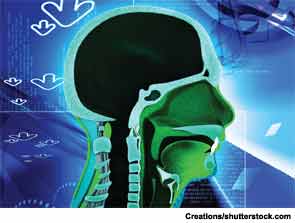Data suggest that dysphonia severity in presbyphonia is not fully explained by a glottic gap or secondary muscle tension dysphonia (MTD) alone.
Evidence Supports Current Recommendation Regarding Suture Position in Arytenoid Adduction
Arytenoid adduction suture placed in the anterior inferior thyroid ala results in the best acoustic, aerodynamic, and voice quality outcomes.
Voice Therapy Improves Reflux Symptoms in Patients with Voice Complaints
Patient Reflux Symptom Index (RSI) and Voice Handicap Index (VHI-10) scores improved following voice therapy.

Academy Releases Updated Guideline for Managing Hoarseness
The American Academy of Otolaryngology–Head and Neck Surgery has released updated guidelines on dysphonia management.

Experts Discuss How to Approach Challenging Dysphonia Cases
Many otolaryngologists may find it difficult to diagnose dysphonia without lesions or problems with vocal fold motion
Prevalence and Causes of Dysphonia Identified in Large Database
What are the prevalence and causes of dysphonia as diagnosed by primary care physicians and otolaryngologists in a large population?
Relationship Between Fatigue, Perfectionsism and Functional Dysphonia
Do patients with functional dysphonia (FD) experience general fatigue in addition to their voice problems, and is this associated with perfectionism?

The Role of Laryngoscopy and Videostroboscopy in Diagnosing Dysphonia

Aging Population to Boost Number of Geriatric Otolaryngology Patients

Voice Disorders in Children Require a Team Approach
Although voice disorders in children are not new, recognition of the need to address and treat these disorders in many children is increasing.